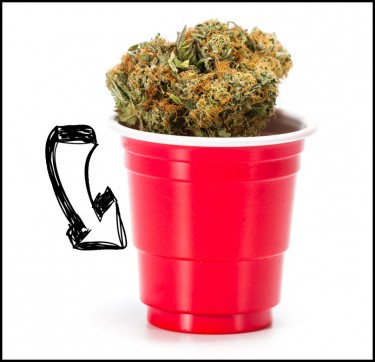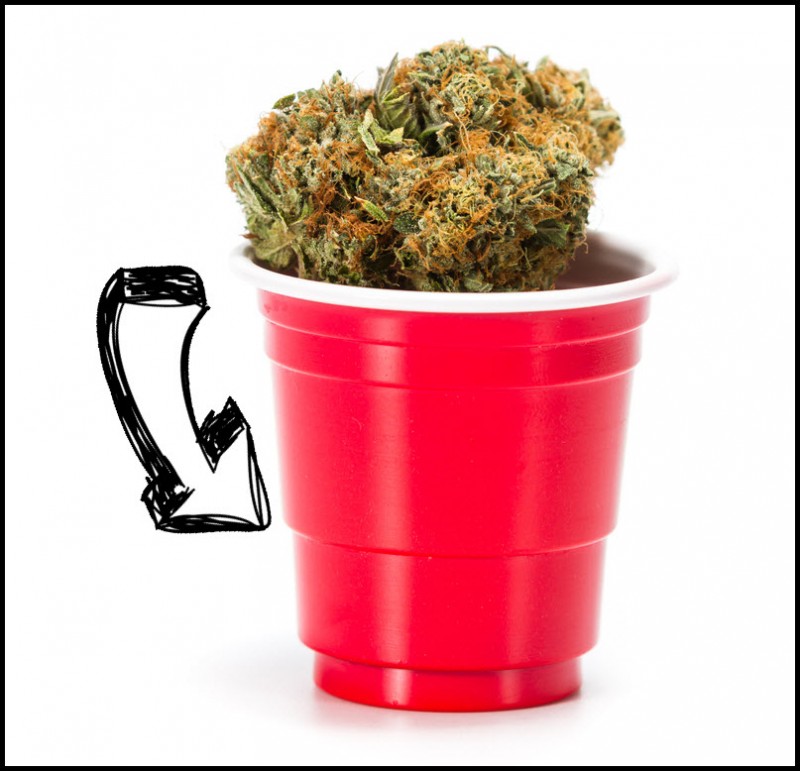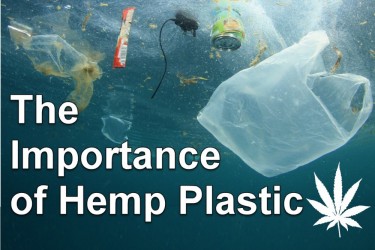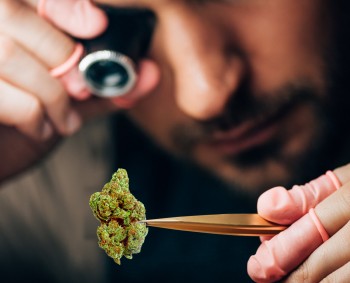Why Is the World Not Using Hemp Plastic, Yet?

Hemp plastic can be used to produce a bunch of items in homes, electronics, cosmetics, cars, and even toys. It offers a whole range of opportunities, not just opportunities but biodegradable opportunities. It has all it takes to be the new plastic.
Imagine a world that would not be riddled with non-biodegradable items, a world with items made from hemp plants… that world might be possible with hemp plastic.
Climate scientists will also agree with this, hemp is a miracle crop that needs to be in wider use, if not to heal people, then to make the environment cleaner.
There are several barriers keeping hemp from being the plastic that the world needs. These barriers have made hemp plastic difficult to produce in mass quantity, hence extremely expensive for those that want to consider it.
Read on to know more about these barriers.
Pollution Due to Fossils Fuel Plastic
The world is being destroyed gradually by the billions of plastic waste on land and water.
These popular plastic items remain in the environment without losing form. They even creep into the food chain in more ways than is desired causing negative effects on the health of humans and animals in the ecosystem.
Fossil fuels have a major part to play in the current global warming trend being experienced globally.
An uninhabited coral island in the South Pacific was searched and about 38 million units of plastic waste were found. That's an uninhabited area, what number would we expect to find if a busy and populated location like America is searched.
The University of Tasmania researchers who carried out this study are supported by the UK's Royal Society for the Protection of Birds. One of the researchers, Jennifer Lavers expressed her alarm in her interview with The Guardian.
The marine scientist has traveled to some of the farthest islands in the world to make research on the surrounding water bodies. She mentioned that all Islands she has visited have the same backstory. The beaches are filled with evidence of human pollution. From microplastics to tiny fragments of plastics, the water bodies are littered with all sorts of pollutants. These tiny materials are often consumed by the marine life present in these water bodies and islands.
In 2014, National Geographic revealed that the Great Pacific Garbage Patch is filled with millions of tiny plastic particles.
Hemp Plastic
Agricultural hemp is a non-psychoactive cannabis plant that can be used for various options like cloth, paper, plastic, and even medicine. This golden plant has been found to serve as an alternative to fossil fuel plastics.
Long before fossil fuel was discovered and processed into plastic materials, cellulose fibers obtained from organism sources were used to create plastics. Hemp is composed of 65-70% cellulose, other wood sources contain less than 50% cellulose. This factor makes it eligible to be used as raw material for biodegradable plastics that have relative sustainability.
Hemp cellulose fibers are a good source for many non-petroleum-based plastics like cellophane, rayon, celluloid, and other forms of related plastics.
Hemp plastics are not fully made from hemp. Manufacturers combine hemp cellulose with other plant sources to create composite bioplastics. 100% hemp plastics are difficult to locate. Composite bioplastics have high strength and rigidity which makes them suitable for constructing musical instruments, boats, and cars.
For Now, Hemp Plastic Is Not Enough To Solve The World's Pollution Problem
At last 60% of all plastic products in the world are made from polymer resins. Everyday products like plastic bottles are made from the polymer resin known as Polyethylene terephthalate (PET).
Hemp plastic is promising, however, the right technology to use in the mass creation of this product is not ready. Advocates for a less polluted world believe that someday in the future, customers would be able to purchase products packaged in 100% hemp-based containers.
Coca-cola is one of the first companies to experiment with 100% plant-based bottles. Due to the cost of production, they were unable to adopt these bottles on a large scale. Their commercially available products are made with less than 30% plant-based materials. The remaining raw materials used are gotten from conventional fossil fuel bases.
The race to creating the first viable 100% plant-based bottle is on and the winner stands to make millions of dollars in sales. The good news about this is that someday in the future, PET bottles will be replaced. As many corporations are investing heavily into these researches and experiments, the future may be nearer than we think.
The method of disposal matters
Hemp plastic and other plant-based plastic materials may not biodegrade if they are tossed into landfills. This means these materials can still be a source of pollution on land and in oceans.
Scientists claim that hemp microplastics can cause extreme problems if thrown excessively into the oceans and other water bodies.
The proper method to dispose of these biodegradable plastics is to transport them in bulk to commercial composting facilities.
Another problem is that these facilities are expensive to construct, and as such, they are not available to everyone. This means that while companies and scientists are working hard to produce safer and cheaper substitutes for plastic, people have to develop the right manners for disposing of all products—biodegradable or not.
Bottom Line: The Cost and The War On Drugs Will Cause Hemp Plastic to Remain A Luxury Product
Countries around the world buffer the cost of fossil fuels with subsidies. Due to the limited legislation of cannabis/hemp plants worldwide, the majority of these countries refuse to keep hemp prices low with subsidies.
The war on drugs is a big hindrance to the growth of hemp infrastructure. Countries have to think beyond this level and consider the other benefits that could follow if hemp is planted for medicinal CBD and also for their fiber content.
As technology improves, the prices of hemp-based products will come crashing; so far it is supported by increased cultivation of these plants. Fortunately, hemp requires fewer pesticides to grow well and it leaves a lesser environmental footprint than other common crops.
MORE ON HEMP PLASTIC, READ THESE...
WHY IS HEMP PLASTIC SO IMPORTANT FOR THE OCEANS, READ THIS!







